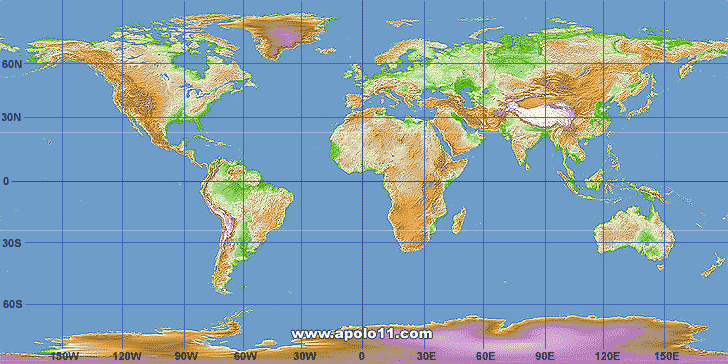
Debug
Atention: Next Reentry: 1KUNS-PF – Forecast date: 2020/06/11 – 11h34 UTC Click to track it
Space Station | Hubble Telescope More satellites
Waiting…
Anytime Forecast | Visor On/Off
Latitude
Longitude
Distance
Period
00.00
000.00
0000 Km
0000 min
Azimuth
Elevation
Altitude
Km/h
000°
00°
0000 Km
00000.00
Local Configuration
Ashburn
Lat: 39.0437 Lon: -77.4875 Alt: 500
Timezone: UTC-4 [ Change ]
Next Pass: Day
xx
AOS: xx:xx AZ: 00°
LOS: xx:xx AZ: xx°
MAX: EL 00° / AZ 00°
Distância: xxxx Km
CONTACT:
None
Time:
Real Time Tracking
Latitude and longitude are the geographical coordinates of the “sub-satellite point” and they indicate the point of the surface of the Earth on which the satellite orbits on that moment. Distance indicates the amount, in kilometers, existing between the observer and the satellite.
Period is the time that the satellite takes to complete an orbit around the Earth, counted from perigee to perigee. Azimuth and Elevation are the local coordinates and they inform the position on the sky where the observer should look to see the satellite or to point out his antenna.
Altitude is the measure, in kilometers, where the satellite is located above the surface. Km/h is the satellite speed inside its orbit.
Next Pass
On the up right side of this picture we have the countdown for the satellite to blunt on the horizon.
AOS – Abbreviation of Signal Acquisition. It is the moment when the satellite will appear on our horizon and its signs can already be captured. The picture indicates the hour and the azimuth of the event.
LOS – Abbreviation of Loss of Signal. It is the moment when the satellite, after passing above the place, touches the horizon line and its signs can no longer be captured. The picture indicates the hour and the azimuth of the event.
MAX and Range – Moment of the satellite’s maximum approach. The numbers indicate the moment of the event, as well as the azimuth, elevation and altitude of the satellite
Contact Mode – During the passage of the satellite, depending on some conditions, it is possible to observe the satellite directly. When those conditions occur, the display will show the expression Visual. In case the satellite cannot be seen, the expression shown will be Radio Signs.
AZ-EL Scope
The visual indicator of Azimuth and Elevation stands out in the center of the screen, where we can see two concentric circles. The external line, stronger, shows the observer’s horizon or station, while the internal circle, less intense, indicates a 45 degrees elevation above the horizon. The observer is located in the center of the graphic.
The outlined line indicates the path the satellite will take during its next pass. During the pass a small blinking “blip”, representing the satellite, will accompany the outlined line.
The closer the blip is of the center, the higher and closer the satellite will be. Occasionally the blip can be seen out of the horizon line, since the display is able to point out over 20 degrees below the horizon.




